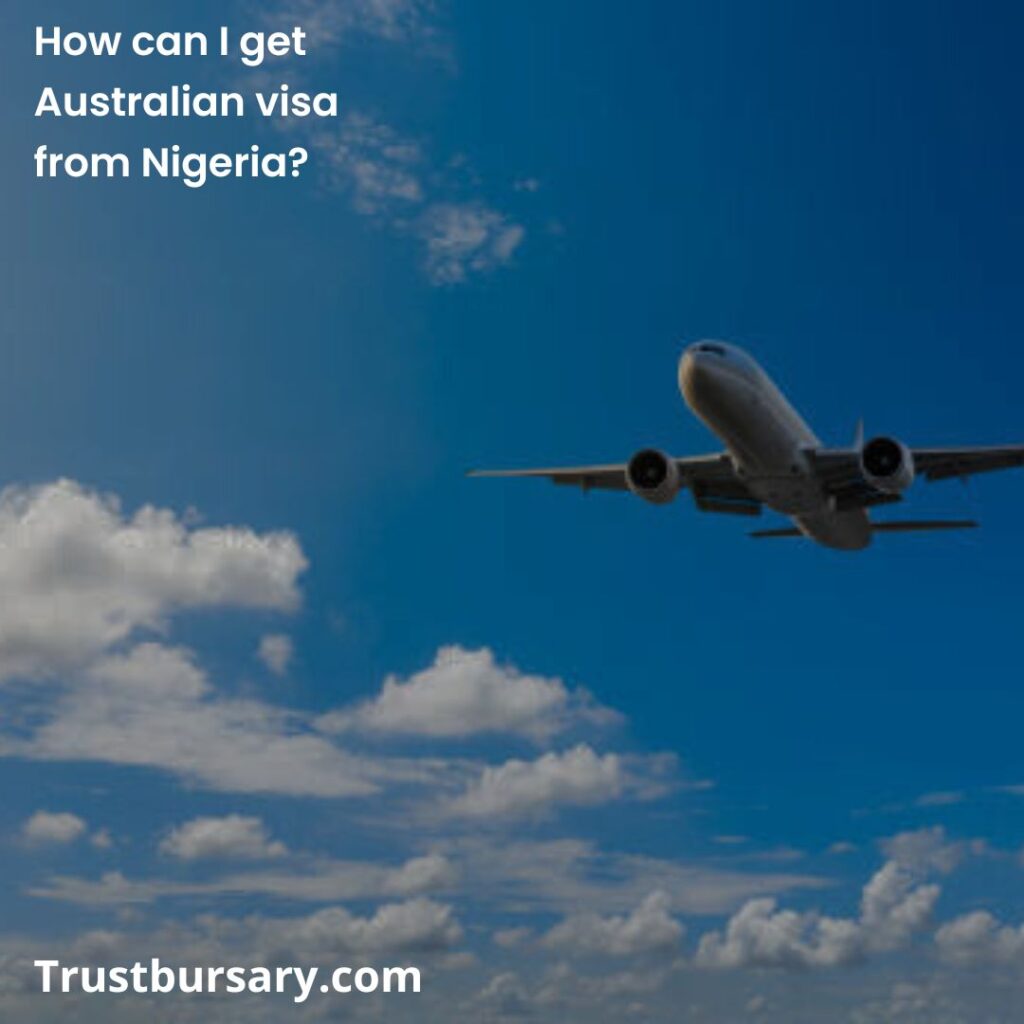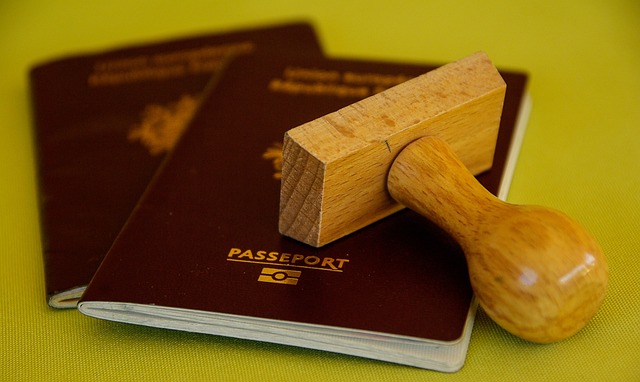Australia is open to welcoming immigrants from different parts of the world and Nigerians aren’t left out of the party.
The country is one of the many countries of the world with friendly immigration policies which has made them a hotspot for immigrants who wish to enter the country for various purposes such as tourism, study, work or business.
To enter Australia from Nigeria, you need a visa, the type of visa you need depends on your purpose of entering the country.
Obtaining an Australian visa from Nigeria is a straightforward process if you understand the requirements, procedures, and necessary documentation.
If you wish to enter the country and wondering how to go about your visa, this guide will walk you through how you can get any type of Australian visa from Nigeria.
Does Australia give Nigerians visas?
Yes, Australia give visas to Nigerian citizens. However, the approval depends on whether you meet the specific eligibility criteria for the visa category you applied for.
As a Nigerian, you can apply for various types of visas, including tourist visas, student visas, skilled migration visas, and more.
The most important thing is that you fulfil all requirements, and provide all the necessary documents – this will increase your chances of a successful application.
How long does it take to get an Australian visa in Nigeria?
Generally, it can take anywhere from a few weeks to several months to get an Australian visa in Nigeria.
However, it can take longer depending on the type of visa you applied for and your circumstances.
You can check the current processing times for your specific visa category on the official website of the Australian Department of Home Affairs.
If you wish to get an Australian visa here in Nigeria, follow the steps below.
How can I get an Australian visa from Nigeria?
To get your visa, choose the type of visa that fits your intention to enter the country
-
Determine the type of visa
Australia has various visa categories, each tailored to specific purposes such as tourism, business, education, or permanent residency.
Before you begin the application process, you need to identify the type of visa that aligns with your intentions.
Here are some of the common visa categories you can apply for:
- Visitor Visa (Subclass 600):
- Tourist Stream: For those intending to visit Australia for tourism or to visit family and friends.
- Business Visitor Stream: This is for anyone travelling to Australia for business purposes, such as meetings or conferences.
- Student Visa (Subclass 500):
- For Nigerian students who intend to study in Australia. This visa is granted for the duration of the course of study.
- Skilled Migration Visas:
- This visa is for anyone with specific skills and qualifications. Subclass 189 (Skilled Independent Visa) and Subclass 190 (Skilled Nominated Visa) are examples. These visas are part of Australia’s points-based immigration system.
- Work Visas:
- Temporary Skill Shortage (TSS) Visa (Subclass 482): For skilled workers sponsored by an approved employer in Australia.
- Employer Nomination Scheme (ENS) Visa (Subclass 186): Allows skilled workers nominated by their Australian employer for permanent residency.
- Family Visas:
- Partner Visa (Subclass 309/100): For spouses or de facto partners of Australian citizens or permanent residents.
- Parent Visa (Subclass 103): For parents of Australian citizens or permanent residents.
- Humanitarian Visas:
- Refugee and Humanitarian Program: For individuals seeking asylum or resettlement in Australia due to persecution, conflict, or other humanitarian reasons.
- Business Innovation and Investment Visas:
- Business Innovation and Investment (Subclass 188/888): For anyone with a successful business background or investment experience.
From the above-listed visas pick the type that aligns with your reasons for visiting Australia
-
Understand visa requirements
As we already stated, each visa category has its own set of eligibility criteria and documentation requirements.
Here is the truth, it is only when you meet all of any visa requirements that your application will be approved.
If you do not meet the requirements, your application will be rejected by the authorities.
So, you need to read and understand the specific requirements for the visa you are applying for.
make sure you meet these requirements. Common prerequisites like having a valid passport, proof of financial capability, health examinations, and character assessments are the things to look out for.
Check the official website of the Australian Department of Home Affairs here for the most up-to-date information.
-
Create an ImmiAccount
If after going through the visa requirements, you confirm that you meet them, you can start the application process.
To initiate the visa application process, you need to create an ImmiAccount on the official website of the Australian Department of Home Affairs.
ImmiAccount is an online portal that belongs to the Australian immigration authorities which allows you to submit and manage your visa application.
Make sure that you provide accurate and up-to-date information when creating your ImmiAccount.
-
Lodge your visa application
Once your ImmiAccount is set up, you can start the visa application process.
Log in to your account, locate the visa application section, choose the visa type you want and complete the online application form.
Make sure you provide all the required information and upload all the required documents before submitting your application.
Documents required for an Australian visa
- Valid Passport
- Visa Application Form
- Passport-sized Photographs
- Proof of Financial Capacity
- Travel Itinerary
- Proof of Employment or Enrollment
- Health Insurance
- Biometric Information (if required)
- Health Examinations
- Character Assessment (Police clearance certificates)
- Proof of Relationships (if applicable)
- Travel History
- Proof of Purpose of Visit (invitation letter, conference registration, admission letter, etc.)
- Additional Documentation (specific to the visa category)
In addition, double-check all the information you provide and make sure there is no inconsistency before you hit the submit button.
After submitting, pay the necessary visa application fees, which vary depending on the type of visa you are applying for.
-
Do your biometrics and health checks
Some visa categories require biometric information and health checks.
After submitting your application, (if your visa category requires biometrics) book a biometric appointment at any visa application centre near you.
On the day of your appointment, go to the venue with your documents.
Once done with your biometrics, ensure that all required reports are submitted along with your visa application.
Now that you are done with every documentation, you have to wait for a decision to be made on your application.
The processing time for Australian visas varies based on the type of visa and your circumstances.
You can monitor the progress of your application through your ImmiAccount and be patient during the processing period.
-
Visa decision
Once your visa application is processed, you will receive a notification regarding the decision.
If approved, you should carefully review the details of your visa grant, including the validity period, conditions, and any other relevant information.
-
Plan your travel
After getting your Australian visa, start planning your travel arrangements.
Book your flights, accommodation, and any other necessities to ensure a smooth transition to Australia.
If you are a Nigerian or currently in Nigeria, you can get an Australian visa by following the steps above.
Ensure you meet the eligibility criteria before starting your application.
If you do not meet the eligibility requirements of the visa you wish to apply for, you shouldn’t proceed.
Read also:
Applying for a visa you are not eligible for will only get you rejected. Before you proceed with your application, make sure you meet the requirements of the visa.



